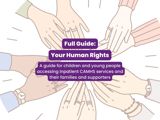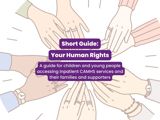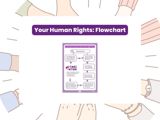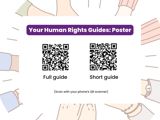Sally is a single mother with an autistic son. Sally’s ex-husband, though not in regular contact with his son, had raised spurious, malicious safeguarding concerns with social services in the past as a way to hurt Sally.
Her son was admitted to a mental health hospital when he was 14 as a result of a mental health crisis. The admission wasn’t planned and both Sally and her son were quite frightened and upset during the first few days he was in hospital.
When Sally visited her son in hospital, staff observed him sitting close to her on the sofa and cuddling her, seeking reassurance and affection. This staff member reported to the hospital team that they felt this behaviour was inappropriate for a boy of his age. The staff member said that they felt Sally and her son had an ‘inappropriate relationship’.
Without sense checking this with Sally, the hospital raised a safeguarding concern and Sally’s visits were curtailed. This had a devastating impact on Sally and her son. Sally insisted on her right to maintain contact with her child, so visits were allowed but were observed at all times.
It took months for Sally to prove the relationship with her son was in no way ‘unnatural’ and for regular, private visits with her son to be re-instated.
This is particularly a risk for families who have been involved with Social Services in the past. Families may have been blamed for their child’s behaviour and/or labelled as a “family that’s struggling” – particularly an issue for single parents without good support networks, or families from marginalised groups or low socio-economic status.













